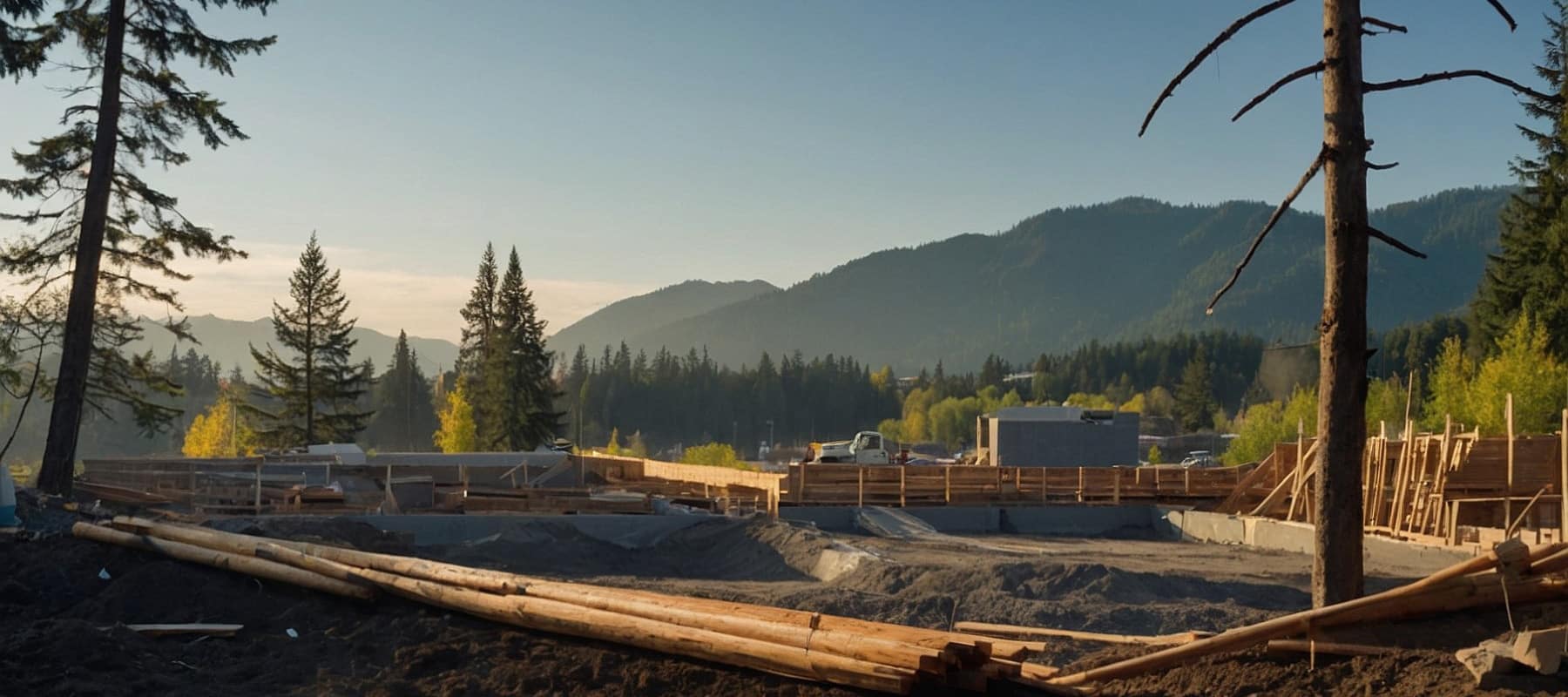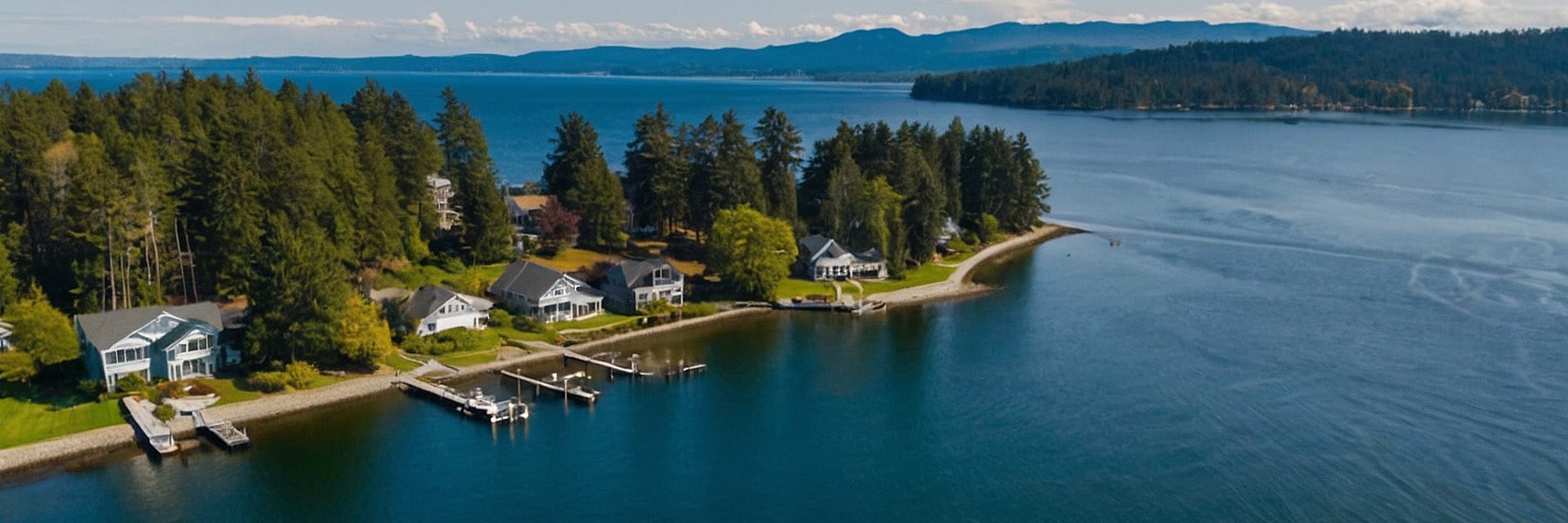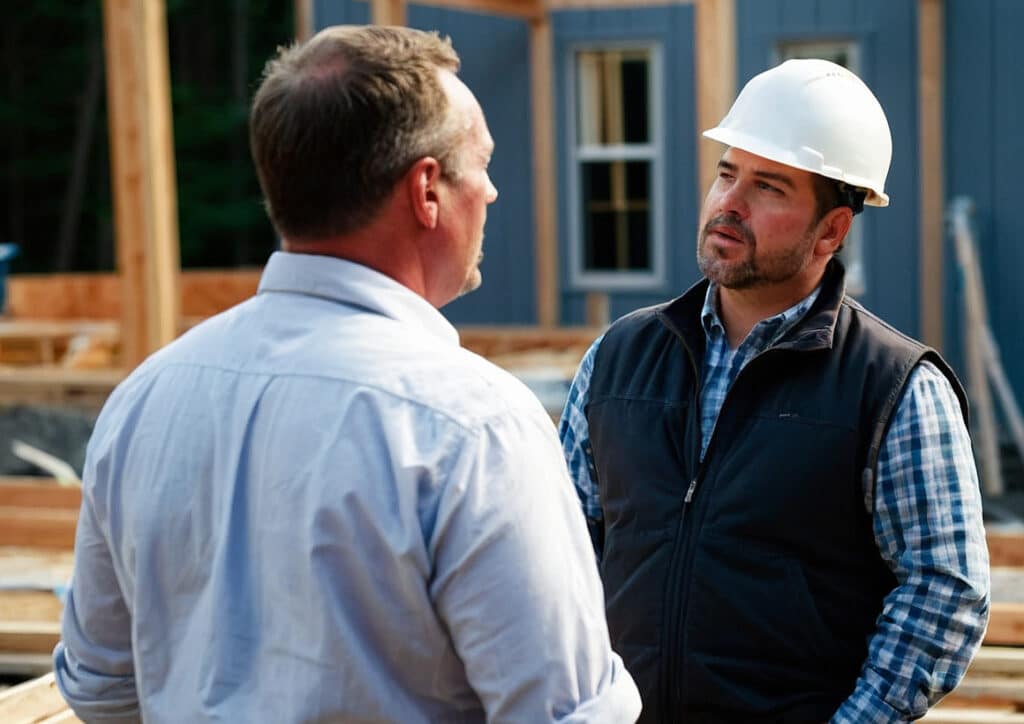
Hey there, future home builders! Let me tell you, building a home on the West Side of Washington, especially in Thurston County, is not for the faint of heart. There are so many things you need to be aware of before you even think about breaking ground. That’s where a feasibility study comes in – and trust me, you don’t want to skip this crucial step!
A feasibility study is essentially a detailed analysis of your property and the potential challenges you may face when building your dream home. It takes into account factors such as:
By conducting a feasibility study early on, you can avoid costly surprises down the road and ensure that your building plans are actually viable.

Now, let’s talk about Thurston County specifically. This area has some additional items that the rest of the state doesn’t have, which can make building a home even more complex. Here are a few key things to keep in mind:
If you’re building within city limits, you need to fully understand the costs for connecting to water, sewer, and power. If your property is at the end of a street or in an area that’s not up to current codes, you may be required to put in a cul-de-sac or a T-shaped turnaround for firetrucks. And if a sewer line isn’t close by, you could be looking at ALL sorts of additional costs to connect to the city sewer system.

If you’re building within city limits, you need to fully understand the costs for connecting to water, sewer, and power. If your property is at the end of a street or in an area that’s not up to current codes, you may be required to put in a cul-de-sac or a T-shaped turnaround for firetrucks. And if a sewer line isn’t close by, you could be looking at ALL sorts of additional costs to connect to the city sewer system.

| Consideration | Why It Matters |
|---|---|
| Survey | You'll want to know exactly where your property lines are, not just guesstimate. Your footprint is crucial when it comes to drilling for wells and installing septic systems, which need to be at least 100' away from each other. |
| Contractor | Research and choose a reputable, experienced contractor before buying your property. A knowledgeable broker can help guide you through this process. |
| Recreational Lots | Be cautious of purchasing a property that may only be suitable for recreational use, where you can sit and drink coffee from your lawn chair but not actually build your dream home. |

A feasibility study in real estate is an analysis of a proposed project to determine its viability. It takes into account factors such as market conditions, zoning regulations, environmental constraints, and financial projections. A feasibility study is crucial because it helps investors and developers make informed decisions and avoid costly mistakes.
The key components of a real estate feasibility study include:
The main benefits of conducting a feasibility study include:
Some red flags that a feasibility study might reveal include:
The main differences between feasibility studies for residential and commercial projects include:
Professionals involved in conducting a real estate feasibility study may include:
Building a home in Thurston County, Washington is an adventure that requires careful planning and expert guidance. By conducting a feasibility study early on and working with a knowledgeable broker and established contractor, you can navigate the unique challenges of this area and bring your dream home to life.
Don’t rush into a quick decision or get stuck with a property that doesn’t meet your needs. Take the time to do your due diligence, and you’ll be rewarded with a home that exceeds your expectations. Happy building!